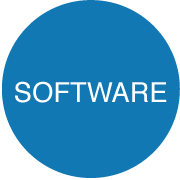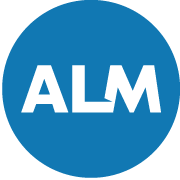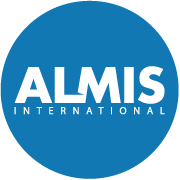It has been a particularly challenging year for everyone involved in bank and building society asset liability management and regulation reporting. Whist it has taken us longer we are extremely proud to announce the release of ALMIS® Version 9.6 which includes the latest COREP/FINREP Taxonomy 2.2 to be used for December submissions.
This version is:,
- Significantly FASTER at performing producing COREP reports COREP validations and generating XBRL (up to 50 times faster!!)
- It has ALL COREP reports automated from ALMIS® data, including the CA, CR, LE and LR using capital adequacy calculations and LC and NSFR using liquidity calculations
- It works to take account of EBA rounding rules so our validations will match Gabriel validations
- Whilst 2.1 already included Asset Encumbrance this version is the version used for first submission
This is a significant milestone for us and we believe will help finance and treasury executives cope with the increasing regulations and help control risk and maximise the financial performance of your bank and building society.
We are particularly enthusiastic about helping our clients comply with the new CRD IV Liquidity regulations as we believe ALMIS® is the only product available to completely fulfil all the requirements set out in the PRA consultation CP 27/14. We have now developed the first ever product to deliver bank ALM, EBA regulation reporting, macro hedge accounting and detailed forward planning and analysis all using the same consistent data, settings and assumptions.







